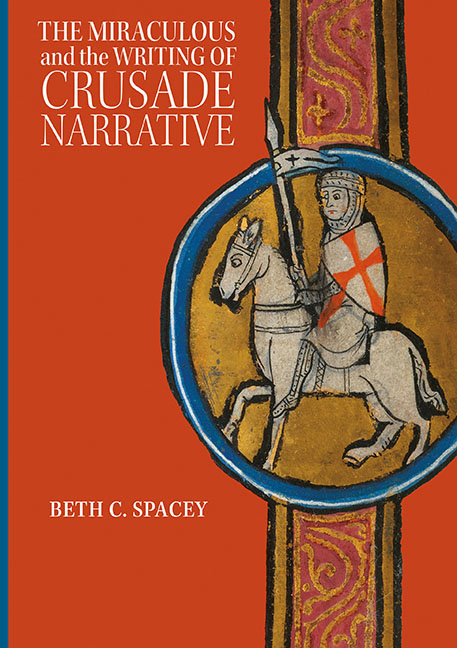4 - Intercession and Insurance
Published online by Cambridge University Press: 28 April 2020
Summary
Revelatory visions and dreams, requiring no human intermediary and circumventing the temporal hierarchy of the Latin Church, communicated divine truths directly to visionaries. Consequently, these experiences, if they were believed by contemporaries, had the potential to be enormously persuasive. It is the claim to knowledge of the divine disposition that allows visions to function rhetorically in narrative as useful mechanisms for coaxing anticipated audience sympathies in a given direction. In other words, visions could offer proofs of divine favour, displeasure or instruction, and allow contemporaries a degree of certainty in issues relating to the condition of the soul after death. It is argued in this chapter that authors employed visions as part of justificatory narrative agendas, in the support of events or causes (often crusades themselves), aspects of doctrine (namely martyrdom), and relics and their translators. It will also be shown how an author might use visions as part of critical representations of events or individuals.
Visionary Intercession and Legitimacy
In his Historia Ierosolimitana, Albert of Aachen frames the First Crusade as a response to a revelatory vision experienced by Peter the Hermit. Consequently, the entire crusade is constructed as a response to a divine commission. Unlike many of the other narrative histories of the First Crusade, which, as we have seen, situated its origins with Urban II's preaching at Clermont in 1095, the figurehead of Albert's narrative is Peter the Hermit. The Historia opens with an account of Peter's pilgrimage to Jerusalem in the years before 1095. One night, as Peter is praying in the Holy Sepulchre, he experiences a vision of Christ. Christ instructs Peter to return home in order that he might ‘stir the hearts of believers to the cleansing of the holy places of Jerusalem’ by telling them of all the horrors inflicted on the Christians and holy places of the eastern Mediterranean. Albert describes this experience as both a revelation and vision, leaving little doubt as to the divine significance of the event. Peter, having received these directions, visits the patriarch of Jerusalem, who gives him a ‘letter of embassy along with the seal of the Holy Cross’.
- Type
- Chapter
- Information
- The Miraculous and the Writing of Crusade Narrative , pp. 87 - 108Publisher: Boydell & BrewerPrint publication year: 2020



